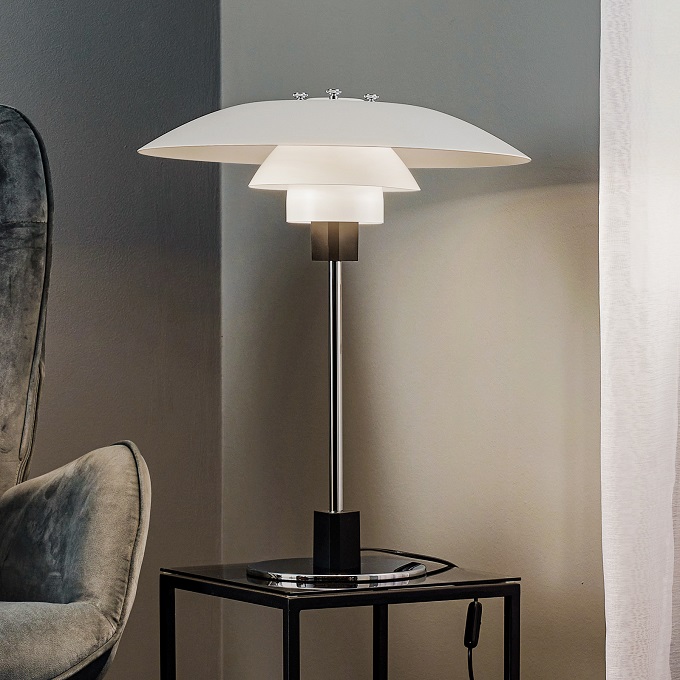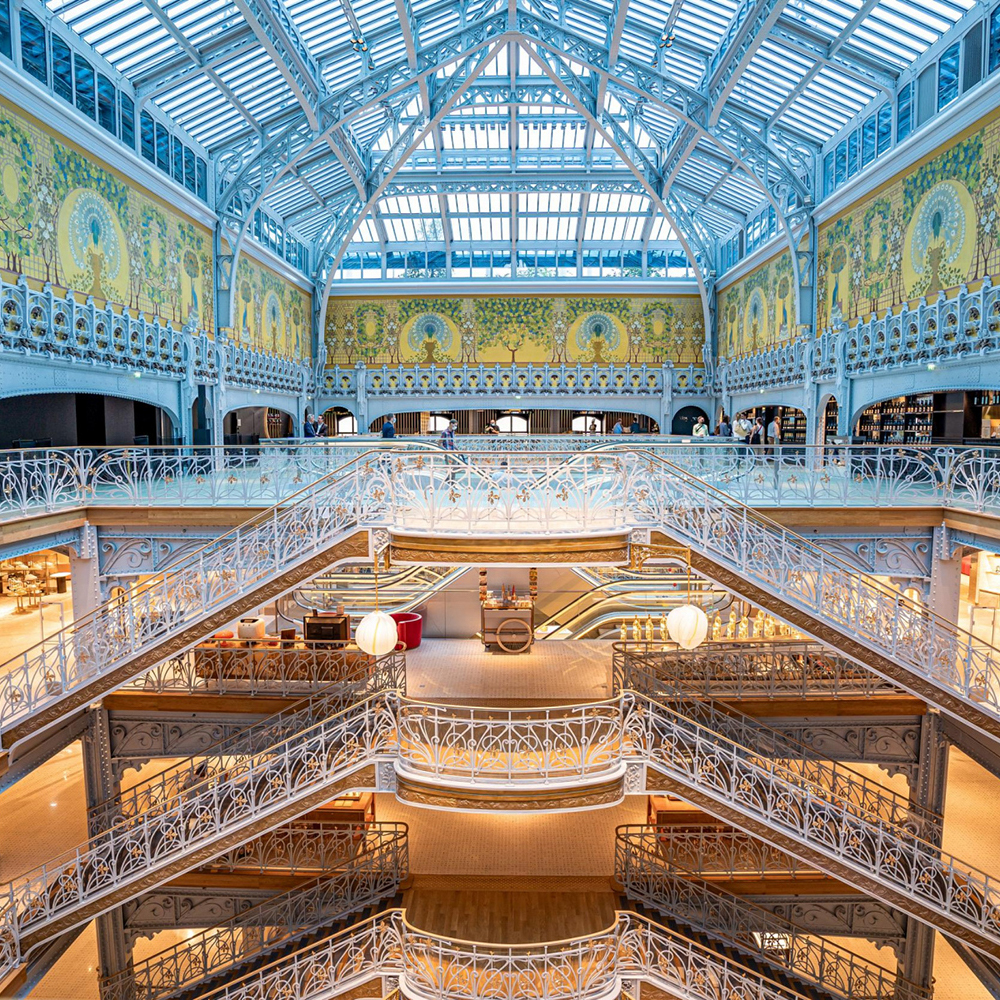Introduction
Projecteur Le Corbusier is one of the most iconic and revolutionary designs created by the master architect Le Corbusier. Projecteur is a French word that translates to the projector, and this lighting design was inspired by the headlights of a car. The design was created in the 1950s and was intended to provide flexible and directional lighting. Projecteur Le Corbusier is considered a masterpiece in the world of lighting design and is still popular today.
In this article, we will explore the design of Projecteur Le Corbusier, its features, and how it was used in architecture. We will also discuss the impact of this lighting design on the world of design and architecture.
The Design of Projecteur Le Corbusier
Projecteur Le Corbusier has a simple and minimalist design that is perfect for modern architecture. It is made up of three basic parts, including a cylindrical housing made of aluminum, a lamp assembly, and a reflector. The main feature of the design is the directional lighting it provides, which makes it ideal for illuminating specific areas in a room.
The reflector is the most critical part of the design and is made of aluminum. It is coated with a white powder that helps to diffuse the light and makes it softer. The reflector is adjustable and can be moved up or down, depending on the direction of the light required.
The lamp assembly is made up of a bulb and a threaded rod that holds the reflector in place. The bulb used is a 200W incandescent bulb, which provides a warm and comfortable light that is perfect for creating a cozy atmosphere.
Features of Projecteur Le Corbusier
Projecteur Le Corbusier has several features that make it unique and special. One of the most notable features of this design is its flexibility. The reflector adjusts to any direction, allowing the light to be focused on a particular area or object.
Another feature of Projecteur Le Corbusier is its simplicity. The design is minimalistic, and the materials used are all high-quality, making it durable and long-lasting. The lighting provided by this design is also soft and warm, which creates a cozy and relaxing atmosphere.
Using Projecteur Le Corbusier in Architecture
Projecteur Le Corbusier has been used in various architectural designs, including residential and commercial buildings. It is ideal for illuminating specific areas, such as paintings, sculptures, and architectural details.
One of the most notable examples of Projecteur Le Corbusier’s use in architecture is the chapel of Notre Dame du Haut in Ronchamp, France. Le Corbusier designed the chapel in 1950 and used Projecteur Le Corbusier to light up the altar area. The lighting provided by this design enhances the spiritual atmosphere of the chapel, making it a unique and inspiring place of worship.
The Impact of Projecteur Le Corbusier on Architecture and Design
Projecteur Le Corbusier has been an influential design in the world of architecture and design. It has inspired many designers to create similar lighting designs that are minimalistic, flexible, and functional.
In addition, Projecteur Le Corbusier has played a significant role in the development of modern architecture. It is perfect for modern buildings that require functional and adjustable lighting.
Finally, Projecteur Le Corbusier has become a timeless classic that is still popular today. It is a testament to the genius of Le Corbusier and his ability to merge function with beauty, creating a design that is both practical and elegant.
Conclusion
In conclusion, Projecteur Le Corbusier is a beautiful and practical lighting design that has stood the test of time. Its minimalistic design, flexibility, and warm lighting have made it a popular choice for architects and designers worldwide. This design has also inspired many other artists and designers to create similar designs that are functional and beautiful.
Projecteur Le Corbusier is a true masterpiece and a testament to the brilliant mind of Le Corbusier. Its impact on the world of design and architecture will be felt for many years to come, making it one of the most significant lighting designs of the 20th century.
















